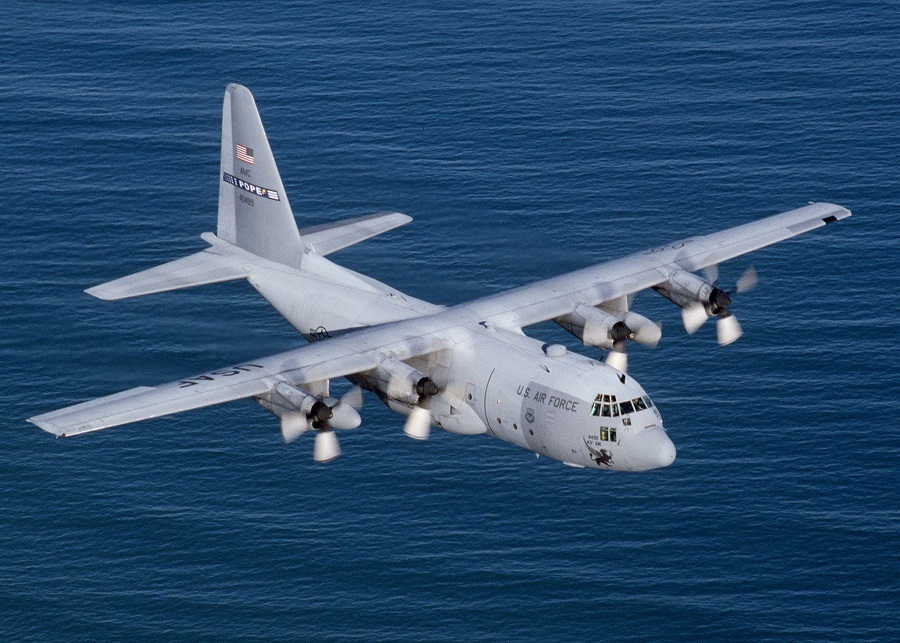
This post is also available in:
 עברית (Hebrew)
עברית (Hebrew)
The U.S. Air Force is reportedly fast-tracking the development of an amphibious version of the C-130J Super Hercules military transport aircraft.
Renderings of the finished product show floats that are almost the full length of the fuselage and would raise the aircraft more than 20 feet on the float-borne landing gear. The floats will be removable.
The float-equipped aircraft would be used to deploy personnel, including Special Forces. Named the MC-130J Commando II Amphibious Capability (MAC), the aircraft development program envisions an enhanced role for the aircraft through “runway independence” as well as improved logistical capabilities, according to thedefensepost.com.
The U.S. military hasn’t operated amphibious systems for more than 50 years but the Coast Guard used seaplanes until 1983. The move comes as a response to increasing tension with China in the South Pacific, according to avweb.com. USAF Lt. Col. Josh Trantham said, “Seaborne operations offer nearly unlimited water landing zones providing significant flexibility for the Joint Force,” particularly when land is unavailable.

























